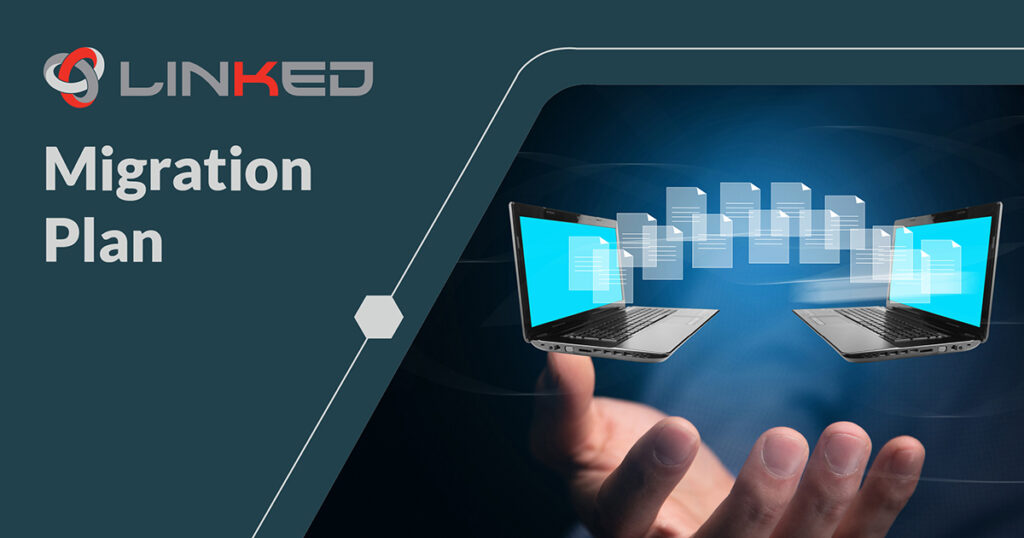Data migration is vital and sometimes challenging when implementing an enterprise resource planning (ERP) system. The ERP system enables employees of the organisation to rely on the same, consistent set of information. When transferring data from the older systems into this database, the process becomes complex and time-consuming. That is why planning is important. This article by Lisa Schwarz explains the importance of a migration Plan and how to build an ERP Data Migration Plan to offer in more detail.
Data migration process
The ERP data migration process includes transferring data from its original sources to the ERP system’s database. This means moving data from various systems, formats, and storage types into a single, uniform structure. It takes a methodical approach – inspecting, extracting, cleansing, and transforming the data – to correctly import it into the database.
The data migration process is crucial to ensuring that the data in the new ERP system is accurate, updated, and complete. It is vital because many people in different parts of the business will rely on that historical data. Well-planned data migration can help keep the ERP implementation project on time and within budget.
Steps to take
Implement these 4 Steps to Build an ERP Data Migration Strategy and Plan. Create a migration team that will analyze and map the data. Decide what data to migrate, and before going live, run tests on your migrated data for every business group and ERP application.
Oracle NetSuite offers a variety of solutions to streamline business functions, suitable for companies of all sizes.
Contact LinkedERP, their team of specialists can assist with a Migration Plan best suited to your company.

